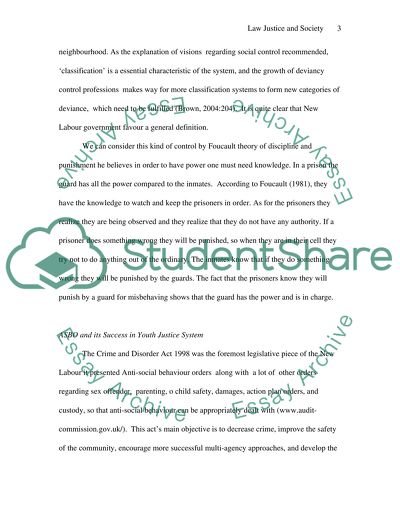Cite this document
(“Law Justice and Society Essay Example | Topics and Well Written Essays - 2250 words”, n.d.)
Law Justice and Society Essay Example | Topics and Well Written Essays - 2250 words. Retrieved from https://studentshare.org/miscellaneous/1501318-law-justice-and-society
Law Justice and Society Essay Example | Topics and Well Written Essays - 2250 words. Retrieved from https://studentshare.org/miscellaneous/1501318-law-justice-and-society
(Law Justice and Society Essay Example | Topics and Well Written Essays - 2250 Words)
Law Justice and Society Essay Example | Topics and Well Written Essays - 2250 Words. https://studentshare.org/miscellaneous/1501318-law-justice-and-society.
Law Justice and Society Essay Example | Topics and Well Written Essays - 2250 Words. https://studentshare.org/miscellaneous/1501318-law-justice-and-society.
“Law Justice and Society Essay Example | Topics and Well Written Essays - 2250 Words”, n.d. https://studentshare.org/miscellaneous/1501318-law-justice-and-society.


